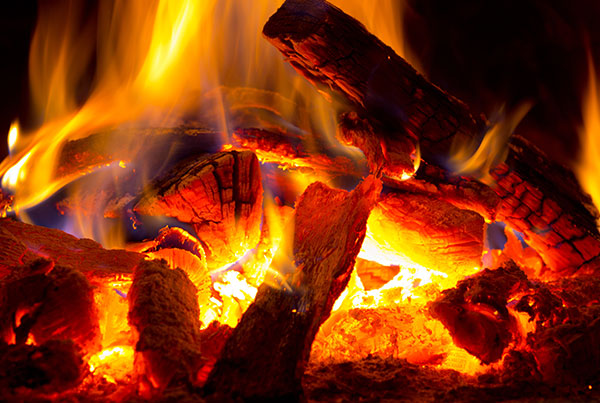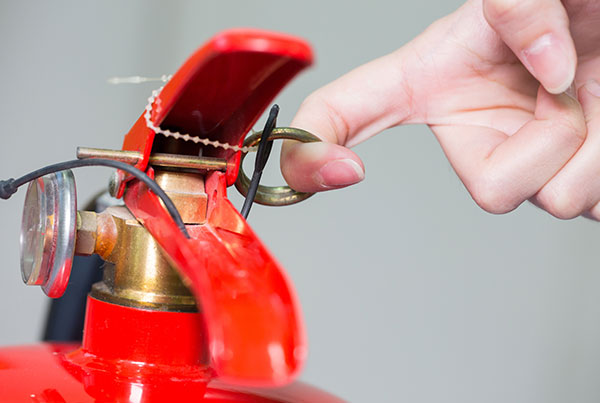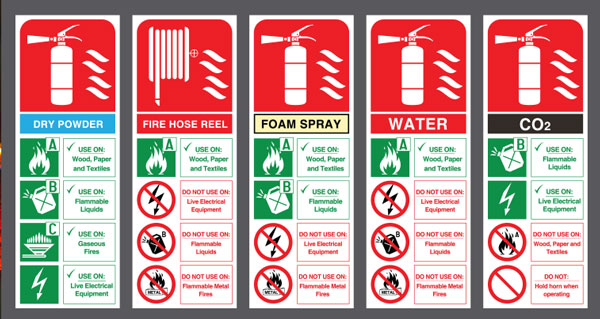Hot Topics. Classes of Fire
There are five classes of fire A, B, C, D… and F.

So what are the different classes of Fire?
Class A fires involve free burning solid substances.
Class B fires are liquid or liquefiable solids.
Class C fires are gas fires
Class D fires involve flammable metals
And finally the Class F fires are fires fuelled by cooking oils and fats. Let’s have a look at each one in more detail.
What are the specifics of each Class of Fire?

What is a Class A fires?
Class A are solid fuel fires… often burning organic matter, such as wood or paper.
They are best dealt with using water, foam or multi-purpose powder extinguishers.
What is a Class B fires?
Class B fires are fuelled by liquids like petrol, or liquefiable solids like paints or fats that are solid at room temperature and melt when heated.
Dry powder extinguishers, carbon dioxide or foam ones including the AFFF type are suitable for class B fires.
What is a Class C fires?
Class C or gas fires should not be tackled.
However, if you are able to stop the gas leak without any risk to yourself, you should do so. It will put the fire out and prevent the build-up of explosive gases.
Because gas can travel over distances, it can often be lit by an ignition source that is quite a distance from the actual origin of the gas.
What is a Class D fires?
Class D or flammable metal fires must be dealt with by specially trained personnel.
Such metals include aluminium, magnesium, sodium and potassium – not to be confused with metal salts like sodium chloride – common salt – which is obviously not flammable.
According to statistics, cooking appliance fires make up 25% of all fires in the workplace, and a large proportion of those are related to cooking oil. Because this hazard is so great a whole new classification of fire was introduced… Class F fires. These are effectively liquid fires like class B, but specifically concern flammable cooking fats and oils.
What is a Class F fires?
Class F fires can be fought using a fire blanket… or a special Class F fire extinguisher.
If it’s a relatively small oil pan, you can use a fire blanket. Make sure the blanket is suitable for the oil, as some blankets are broken down by modern cooking oils. To work effectively, the fire blanket must form a seal on the cooker or range, especially around the chip basket handle.
However, with fires in large oil units, where you might have several litres of oil, it’s better to use a special Class F fire extinguisher.
Be aware… do not tackle large class F fires without special training.
In addition to these five classes, you should also be aware of electrical fires. When dealing with these fires you should avoid using water based extinguishers which could cause electrocution.

If you'd like to learn more about Fire Safety topics, we'd recommend taking our online Fire Safety training. Find out more about the course here.